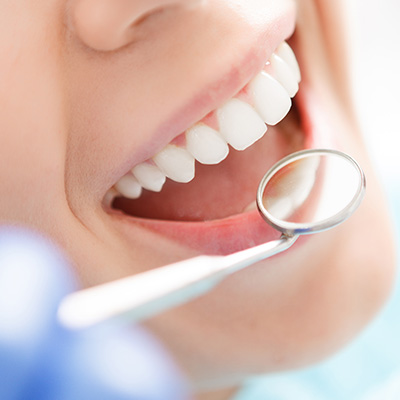Oral and dental prophylaxis
Prophylaxis is a combination of tools to maintain a healthy mouth.
The idea is not only to treat disease, but to ensure they do not appear. Gum problems, tooth decay, tooth wear due to bruxism, traumatic brushing or acids (food, reflux…) are all ailments that can be prevented!

What involves prophylactic monitoring at the dentist?
The first step is to do a thorough check-up of the mouth and teeth, and if a problem is found, resolve it to ensure a good dental-oral balance.
Together with the above, preventative measures will be suggested, depending on your personal profile (age, overall health, factors of heredity, diet, habits) and according to tests that can be performed such as saliva tests, bacterial tests.
Request a dental check-up
MAKE AN APPOINTMENT
Care tailored to your needs
As a minimum, it is recommended to perform a professional cleaning of the teeth surfaces once to twice a year as long as no pre-existing conditions are present or at high risk of tooth decay/cavities, to keep a healthy mouth (more often if necessary).
The aim of this professional but soft cleaning is to sanitize the mouth and eliminate bacteria responsible of oral disease. It is followed by a polish, which will smooth out the surface of the teeth therefore limiting the future adhesion of bacteria, plus allowing a good flow of saliva over the surfaces enabling it to act as a natural barrier. This procedure can be complemented by a disinfection of the gums, application of fluoride to strengthen the enamel, perform some sealents (preventative closure or any cracks in the enamel, area at high risk of tooth decay)...

Preserve the health of your mouth in the long term
The aim of prophylaxis in dental work is to reduce the risk of cavities or gum disease and increase the lifespan of dental restorations and prostheses.
These benefits have been shown by Axelsson, Swedish dental surgeon, how studied a group of patients during 30 years (« The long- term effect of a plaque control program on tooth mortality, caries and periodontal disease in adults. Results after 30 years of maintenance » Axelsson P et al. J Clini Periodontal. 2004).








